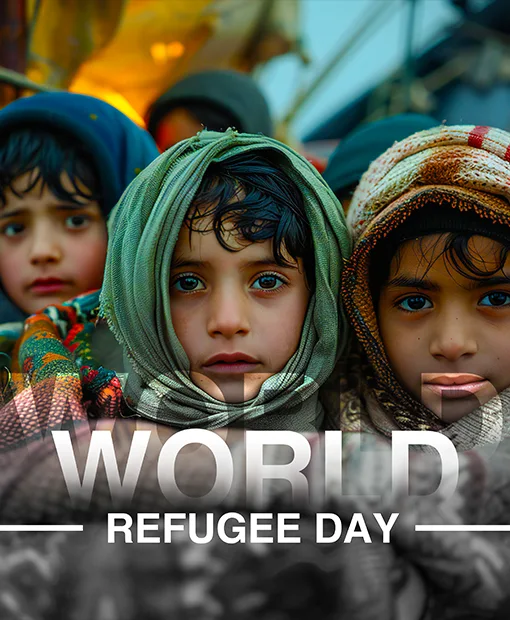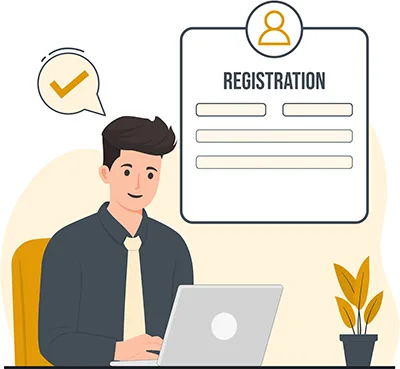Immigrants And Refugees
Lifting barriers to inclusion through Non-Formal Education
Course Description
The course aims to support participants (teachers, educators, youth mentors, VET trainers) to deal with learners with a refugee background, and lack often the language skills or suffer from war traumas that become a barrier to their full integration to their “new” home. Educators confronted with such issues have to be better prepared to know how to deal with these learners to reduce the current high drop out from education. Thus, each educator must be supported and trained about refugee’s rights, overcoming language barriers, mental health, etc. so that they are able to engage them in building connections, foster emotional skills, develop social skills and dealing with discrimination in everyday life. The main theme of the training will be focused on raising awareness of the realities, possibilities and new tools for building a more inclusive society, away from marginalization and against social exclusion.
Training Program

Day Activities
- Welcome addressed to the participants by management
- Course outline
- Ice-breaking activities
- Introduction - Immigrants and Refugees: Lifting barriers to inclusion

Day Activities
- Why Immigrate?
- Deciding to Immigrate: A History
- Immigrating and human rights
- Waiting in Line Game
- Spot the Myths
- A History of Xenophobia

Day Activities
- Refugee Role Play
- Youth, Identity, and Immigration
- Culture and Identity
- How to make a difference for refugees?
- Social integration, social inclusion and active citizenship

Day Activities
- Emotional support for immigrants and refugees
- Balance between self-awareness, empathy and objective perspective
- Demonstrating kindness and compassion to child refugees
- Effective goal setting
- Motivation for working with marginalized youth groups

Day Activities
- Final activities
- Evaluation of the course
- Diploma awarding
Learning Objectives
- Gain an understanding of the reasons why people may leave their homes, and that although the historical contexts will be different, the reasons can be similar
- Connect reasons for immigrating to the human rights described in the Universal Declaration of Human Rights
- Gain a better understanding of the refugee crisis and what it means to be a refugee
- Consider the importance of “humanizing” those who otherwise seem distant and different from us
- Recognize the power of taking a “small step” when faced with a problem that seems too large to tackle
Methodology
Empathy Mapping Exercise
- Participants must put themselves in the shoes of migrants confronting obstacles, guided by supplied prompts and scenarios.
- Building empathy maps to visualise migrants' experiences, feelings, and barriers.
Storytelling Circle
- Share personal migration experiences in a safe environment.
- Discussions focus on common themes and human rights issues raised by the stories.
Role-Playing Simulation
In groups, participants are assigned different roles (e.g., government officials, migrants, NGOs, local community members) and work through a migration-related scenario, making judgements that adhere to human rights values, followed by a debriefing session to reflect on the issues and consider alternate ways.
Interactive Case Studies
- Analysis of real-life cases of human rights breaches during migration.
- Collaboration in small groups to identify human rights issues, develop advocacy methods, and present their findings and recommendations for group debate.
Upcoming Sessions
| Start Date | End Date |
|---|---|
| 17 Nov 2025 | 21 Nov 2025 |
| 8 Dec 2025 | 12 Dec 2025 |

Course Packages
Bronze
Silver
Trusted By
FAQs
How can I register for the Course I have chosen?
Complete the contact form and our Erasmus coordinator will guide you through the registration process.
Where can I apply for E.U funding?
You must talk to the Erasmus coordinator of your school / organisation. This is the responsible person to apply for a fund for your mobility.
Can I pay for the fees myself if I do not receive a fund?
Yes, this is also possible. You can pay for the expenses yourself.
Where will the participants meet for the Courses? / What’s the company’s address?
It’s 4 Michail Georgalla, Engomi 2409, Nicosia, Cyprus
Does the Company offer sightseeing services? Like trips to places of interest?
Stando can give information and ideas for trips around the island or places to eat but we do not organize these trips outside the schedule of our Courses. There are however planned trips scheduled, as part of our Outdoor Courses; just have a look at the Outdoor Course detailed program or ask the Erasmus coordinator for the schedule to be sent to you.
Which hotel do you work with?
We collaborate with ASTY hotel. Its address is: 12 Prinkipos Karolou, 2373, Ayios Dometios, Nicosia, Cyprus
Can I book extra nights at the hotel?
Certainly, at an extra charge. It’s price depending whether you choose a Single, Twin or Triple room.
Are there any transport services from the airports?
Yes, apart from private taxis, an affordable service is “Kapnos Airport Shuttle”: You can book your transfer online to Nicosia from Larnaka and Paphos airport. You need to go onto their website, register and book your route.
There’s also a desk of their office at the airports, in case of flight changes:
https://kapnosairportshuttle.com/routes/4/en/1
Who provides the learning agreement between the hosting and the sending organisations?
Your Erasmus coordinator is responsible for providing you with the agreement, which needs to be filled with your personal and school information. After this is completed, you must send it to our Erasmus coordinator (standoutedu@standoltd.com) who will complete all remaining information and send it back to you signed. We also keep a copy of that for record purposes.
What’s the difference between an Indoor and an Outdoor Course?
An indoor Course takes place at the Organisation’s premises whereas an Outdoor Course has Outdoor Venues depending on the Schedule for each Course. More details on our website under each Course specifications.
What’s STANDO’s OID number?
It’s E10168250
Talk To Us!
Fill out the form to express your interest or ask questions. Our training coordinator will provide details and guide you through the application process. We look forward to welcoming you!